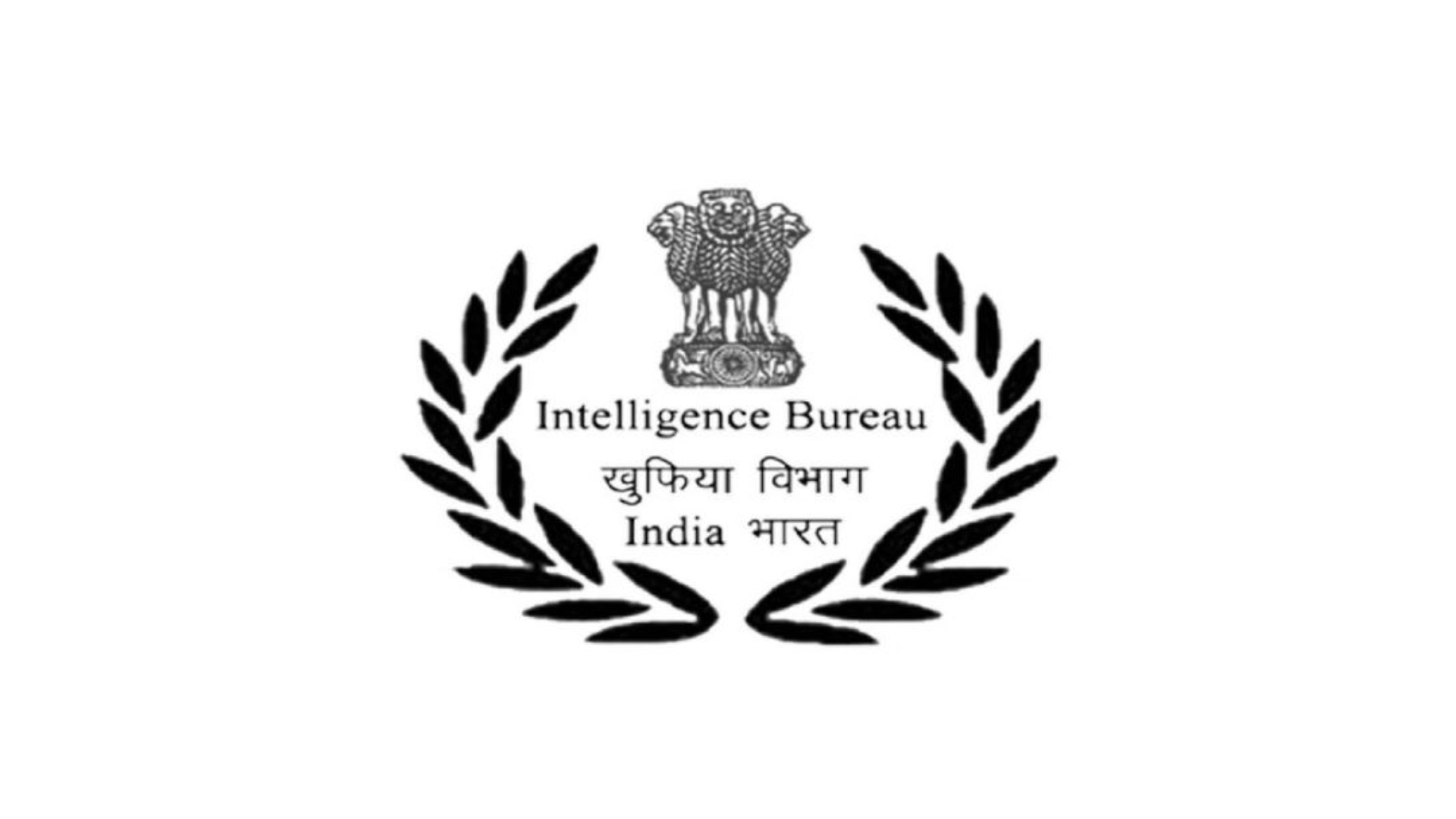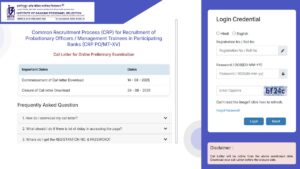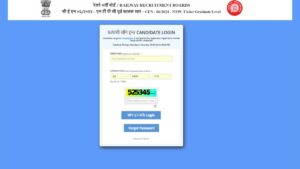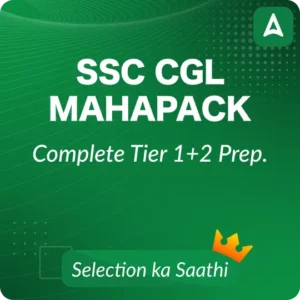Table of Contents
Preparing for the Intelligence Bureau Security Assistant (IB SA) exam? Well, it is not just about clearing the objective test but also managing the descriptive stage that follows. While Tier I checks a candidate’s speed and accuracy across multiple subjects, Tier II is more about language skills and precision in translation. Many aspirants struggle to strike the right balance between the two, especially as both demand different approaches. The key is to start early, divide your preparation smartly, and not neglect the descriptive part while chasing Tier-I marks. This article explains how to prepare effectively for both stages together.
Understanding the IB SA 2025 Exam Stages
The IB ACIO 2025 exam is conducted in multiple stages to test candidates on both knowledge and skills. Tier I is an objective paper, Tier II is descriptive, and the final stage is the interview. Clearing each stage step by step is necessary to move forward in the recruitment process.
Tier-I (Objective Test)
- Format: 100 MCQs, 1 hour, negative marking (–0.25 per wrong answer)
- Sections: General Awareness, Quantitative Aptitude, Logical/Analytical Reasoning, English Language, General Studies (20 questions each)
Tier-II (Descriptive Translation Paper)
- Type: Written (pen-and-paper) translation of a 500-word passage from the local language to English and vice versa
- Marks: 50, qualifying in nature (minimum 20 to pass)
Tier-III (Interview)
- Final merit is based on combined performance in Tier-I and Tier-III. Tier-II is mandatory but only qualifying.
Preparation Strategy for Tier-I & Tier-II
For all aspiring candidates, maintaining a consistent study schedule is necessary. Simultaneously strengthen fundamentals across objective-test subjects and daily translation practice. Focus also on time management for both speed (Tier-I) and accuracy (Tier-II). Use mock tests and interactive revision techniques to refine.
Important Strategy Elements
| Focus Area | Recommended Strategy |
|---|---|
| Syllabus Mastery | Review detailed topic lists for all Tier-I sections, General Awareness, Quantitative Aptitude, Reasoning, English, and General Studies |
| Timetable Design | Allocate daily slots, e.g., morning for vocabulary/reading (Tier-I English) and evening for translation drills. Regularly rotate subjects. |
| Revision & Practice | Strongly focus on high-weight topics: current affairs, reasoning puzzles, simplification, comprehension, etc. |
| Mock Tests & Past Papers | Take weekly mock tests. Solve previous year papers for pattern clarity and time practice. |
| Translation Practice | Translate short texts or news articles daily both ways. Read bilingual news sources (e.g., English and Hindi) to build fluency. |
| Resource Selection | Use well-structured books like Ramesh Publishing House’s IB SA Guide and Kiran’s Practice Workbook covering both Tiers. There are also general practice sets by Disha Publications. |
| Interview Readiness | For Tier-III: regularly update current affairs, practise speaking confidently, and mock interviews to prepare for the personality test. |
Additional Tips for Effective Preparation
Apart from a structured study plan and regular practice, there are a few extra habits that can make a big difference in a candidate’s preparation. These tips will help you stay consistent and improve accuracy while balancing both Tier I and Tier II.
- Set realistic daily goals: Finish a reasoning topic in the morning, or translate one paragraph per day.
- Track and analyze mock test performance: Particularly weak areas in Tier-I, and revise accordingly.
- Strengthen language fundamentals: Focus on grammar rules, commonly confused words, idioms, and translation nuances.
- Stay updated on current affairs: focus on the last 6 to 8 months, especially national and international events, awards, schemes, polity, science, and tech
Cracking the IB SA 2025 requires preparation across objective testing and descriptive translation. Students must have a clear understanding of the exam pattern, structured daily practice, resourceful study materials, and consistent mock testing. So start early, and track progress.



 IBPS PO Admit Card 2025 Out @ibps.in For...
IBPS PO Admit Card 2025 Out @ibps.in For...
 SSC Stenographer Answer Key 2025 Out, Do...
SSC Stenographer Answer Key 2025 Out, Do...
 RRB NTPC City Intimation Slip 2025 Out F...
RRB NTPC City Intimation Slip 2025 Out F...



